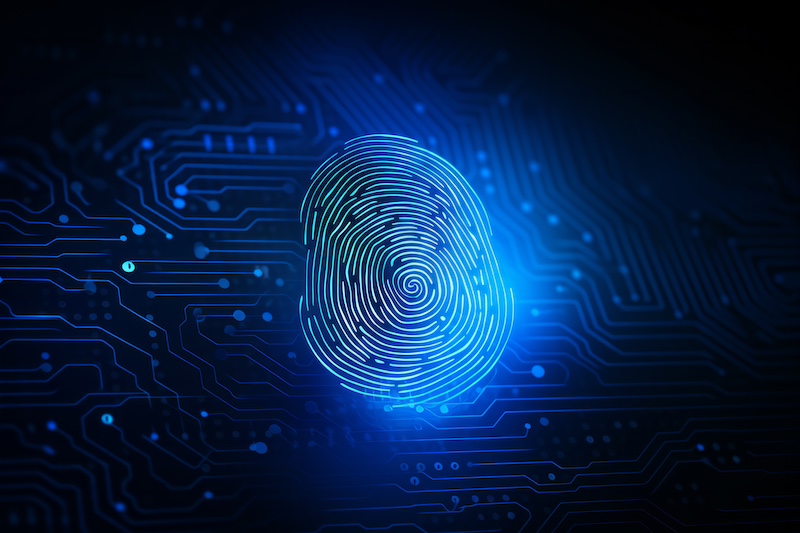
Ken Hill urges dealerships to utilize verification technology to validate the driver’s license and the person’s true identity.
Dealerships are increasingly grappling with the critical challenge of customer identity verification in an era marked by rapid digitalization and rising fraudulent activities.
The industry, traditionally reliant on face-to-face interactions, is now navigating the complexities of verifying identities in omnichannel settings for both physical and digital shopping, also known as “phygital.”
This shift has introduced several challenges, compelling dealerships to adopt innovative methods while contending with the persistent threat of fraud due to inaccurate identity verifications.
The Identity Verification Challenge
Unlike other retail sectors, purchasing a vehicle involves significant financial transactions and long-term commitments, necessitating robust identity checks. The traditional approach of manually verifying driver’s licenses and other identification documents in person is no longer sufficient, especially as digital shopping expands.
With more customers opting for online research, price negotiations, and even vehicle purchases, dealerships must ensure they accurately verify identities in an omnichannel environment without compromising on customer experience or security.
Interestingly enough, this problem starts early on, simply at the point of collecting, processing and validating a car shopper’s driver’s license. Recently, dealers can now utilize new technology to validate both the driver’s license and the person’s identity. This additional step helps to confirm the individual via address verification, red flag, OFAC, synthetic fraud checks and even compare against the state’s DMV database to verify active status.
However, a recent survey from 700Credit illustrates there are still significant gaps that remain for many auto dealers. In fact, approximately 20 percent of dealership respondents admitted they don’t know what process they have in place for verification and that drivers’ licenses are usually processed in the finance office, or that they do not know of a process in place at the dealership. Another 14 percent of dealer respondents said they do not have a process in place for drivers’ licenses because they have always used the same format but couldn’t cite any specifics of the process.
Modern Verification Methods
Today’s leading dealerships are leveraging sophisticated technologies to enhance their identity verification processes, including digital ID verification solutions. These systems use machine learning and artificial intelligence to authenticate identification documents. Customers can upload photos of their IDs, which are then analyzed for authenticity by comparing them against various databases and using algorithms to detect forgeries.
Two-Factor Authentication (2FA) is growing in popularity. By requiring a secondary verification step, such as a code sent to the customer’s mobile device, dealerships can add an extra barrier against fraudulent attempts. This method is particularly useful in online transactions, where physical presence is not possible.
Credit and background checks remain a mainstay for many dealerships. Integrating comprehensive credit checks and background verification services helps dealerships identify potential red flags early in the process, reducing the likelihood of fraud.
Digital License Verification
The methods of what happens after a driver’s license is collected is a primary issue with today’s process. The survey showed that 19 percent of dealers are collecting a digital copy of the license, but only 8.6 percent collect a digital copy and also validate the license.
While these numbers seem low, it’s not the most alarming part because technology exists today to help dealers go so much farther in the identification area. A staggeringly low 0.6% said they collect a digital copy, validate the license, and then compare it against DMV records to truly verify the license belongs to an individual. This final step is available to all dealers today, yet less than one percent have built this into their process.
The survey also revealed that a third of respondents say they believe their dealership sees between 5-15 or more fraudulent attempts made on vehicles every month.
Protecting Dealerships
There are steps dealers can take to protect themselves. Currently, most dealers utilize scanning technology to scan a person’s driver’s license for verification to satisfy compliance, procedural checklists and to OCR the data to populate the CRM at the time of loan application or even during a test drive. While this process is important, it lacks a significantly critical element that can potentially prevent or even thwart the vast amount of synthetic fraud attempts.
Scanning of the driver’s license is important, but dealers must also utilize verification technology to validate the driver’s license and the person’s true identity. This additional step helps to validate and verify the individual via address verification, red flag, OFAC, DMV lists, and synthetic fraud checks. A simple photocopy is muscle memory for dealers, but it is a false sense of security.
The landscape of customer identity verification in auto dealerships is rapidly evolving, driven by technological advancements and the pressing need to combat fraud. While modern methods such as digital ID verification and comparison against DMV records now exist, challenges persist in ensuring proper workflows for each customer.
Dealerships must continually adapt and refine their verification processes to mitigate fraud risks, protect their reputation, and maintain compliance with regulatory standards, all while delivering a seamless customer experience.
Article posted on DigitalDealer.com

